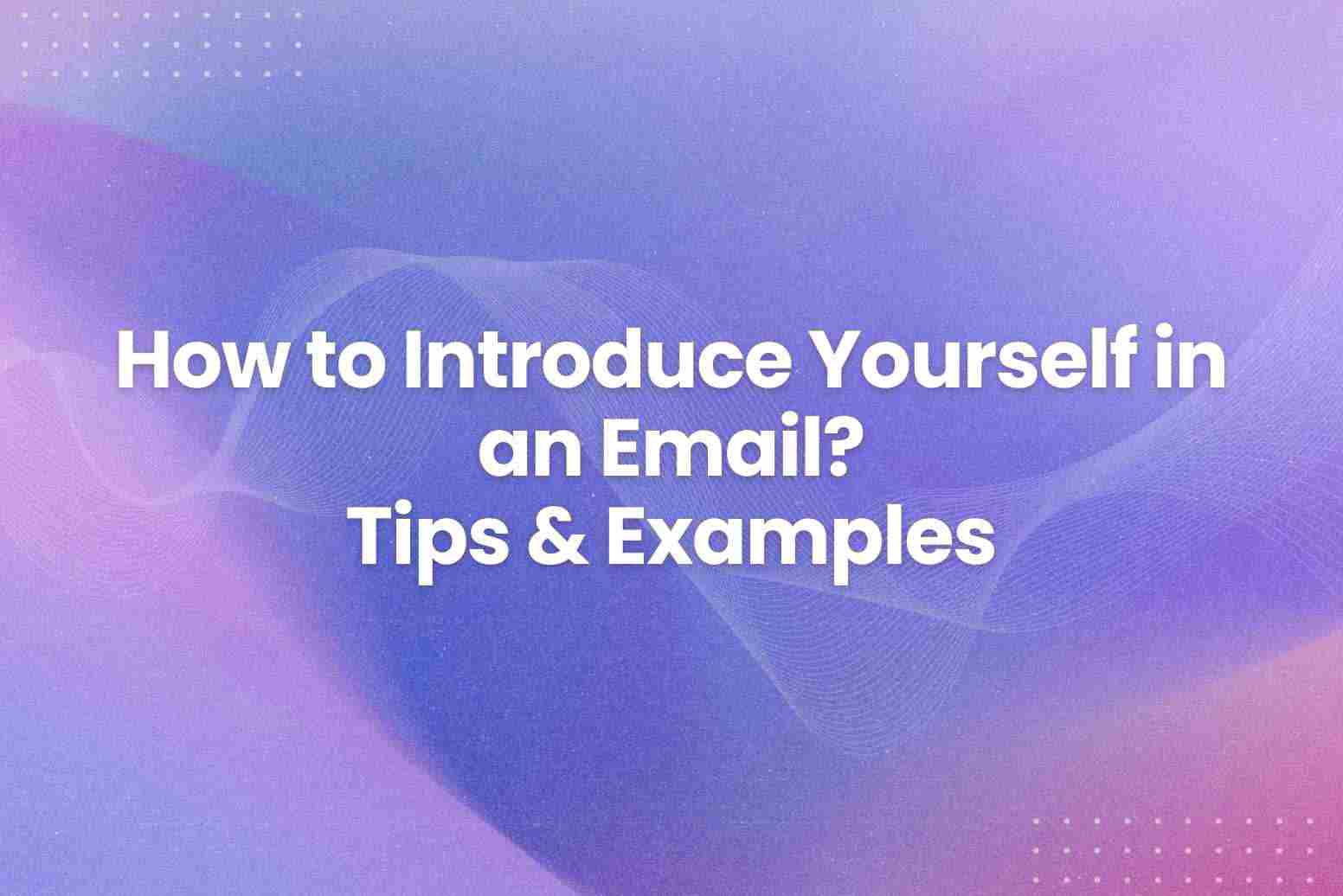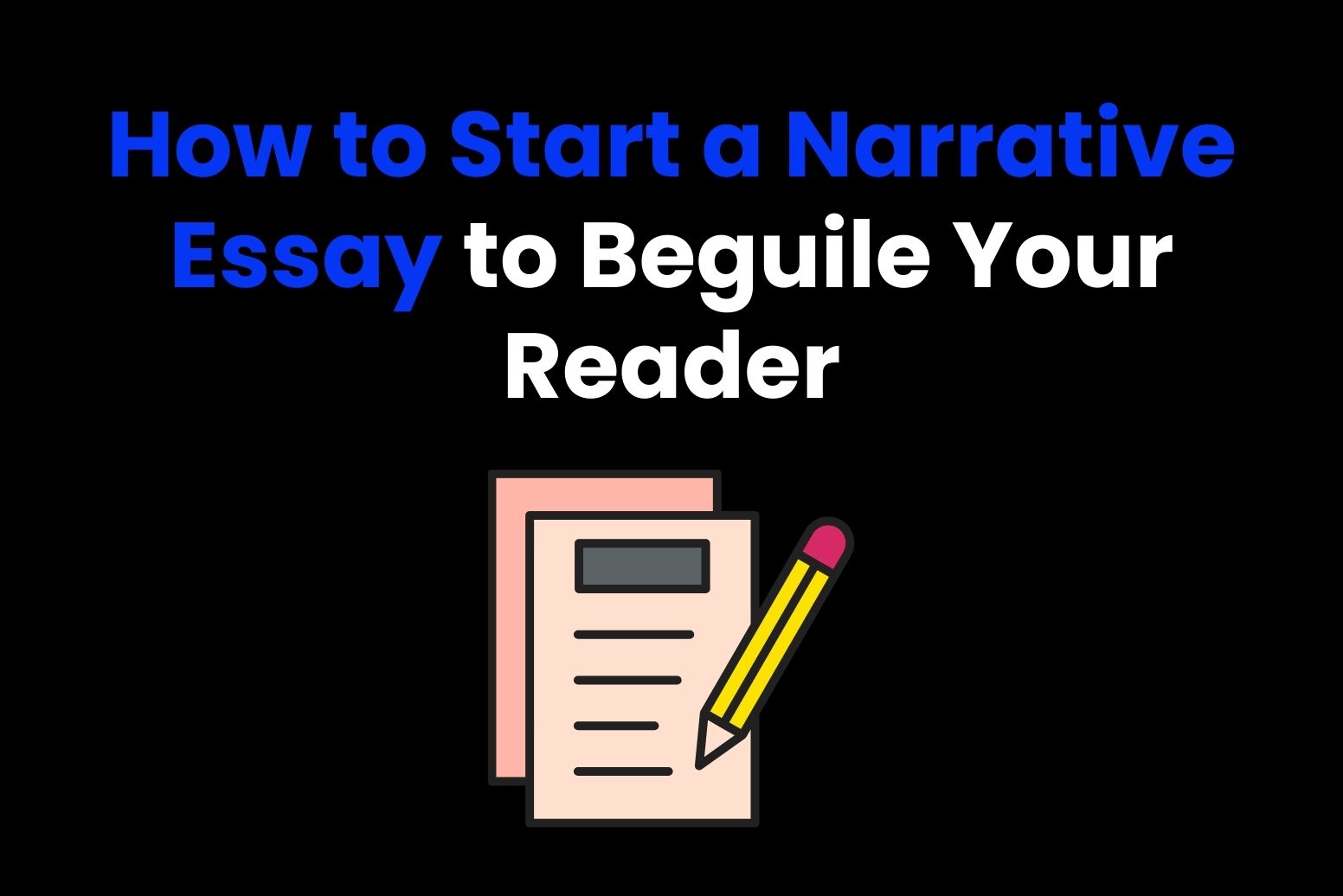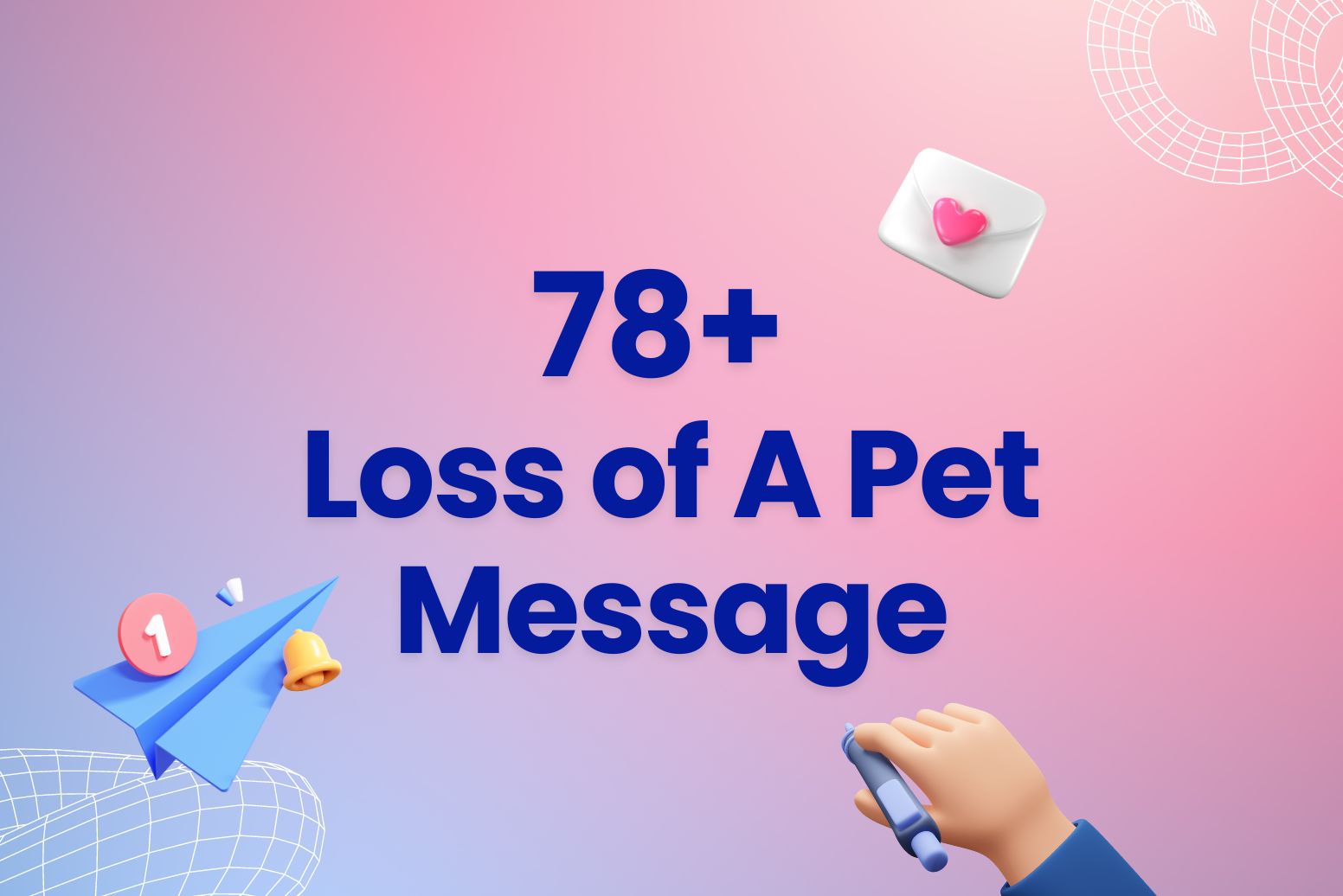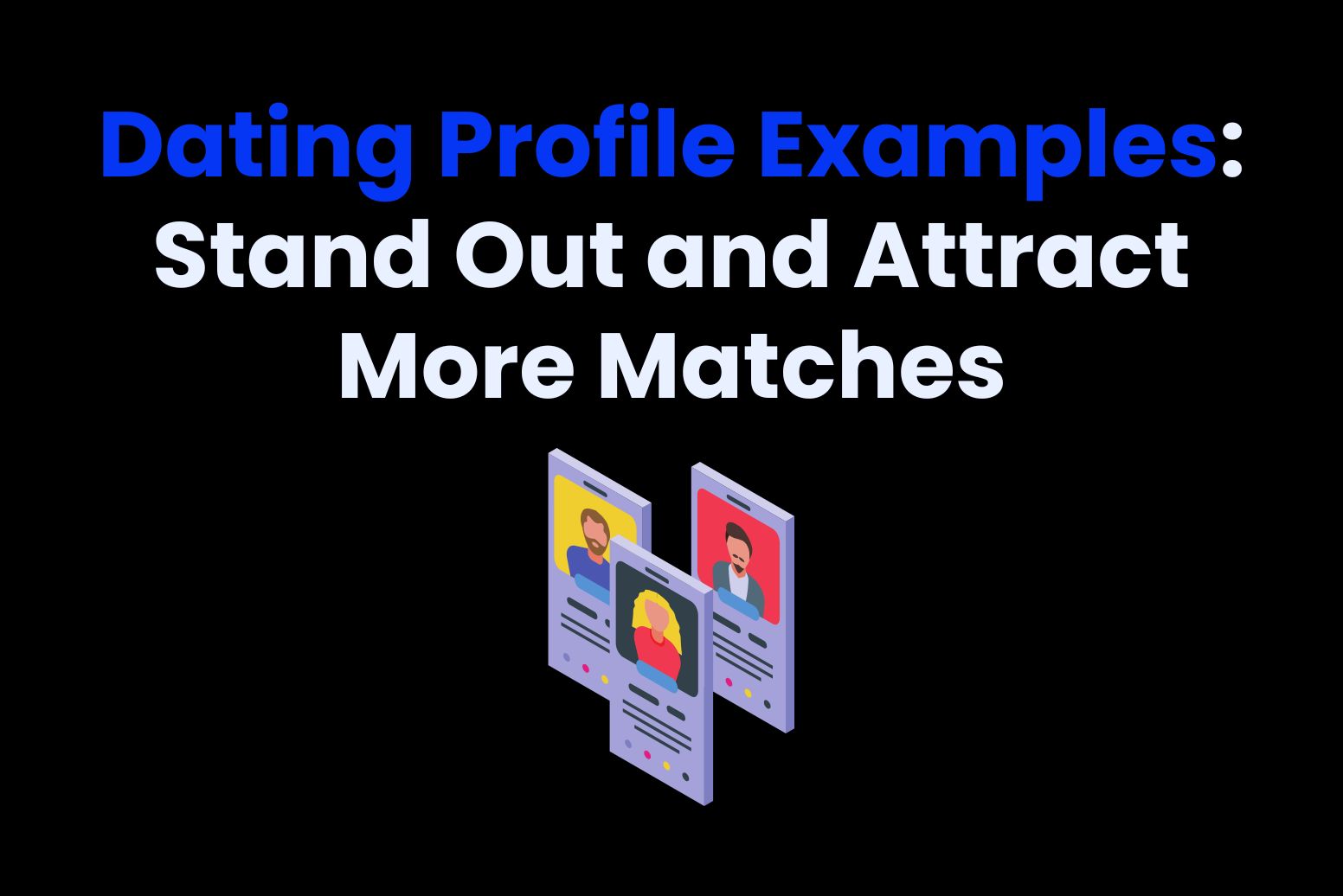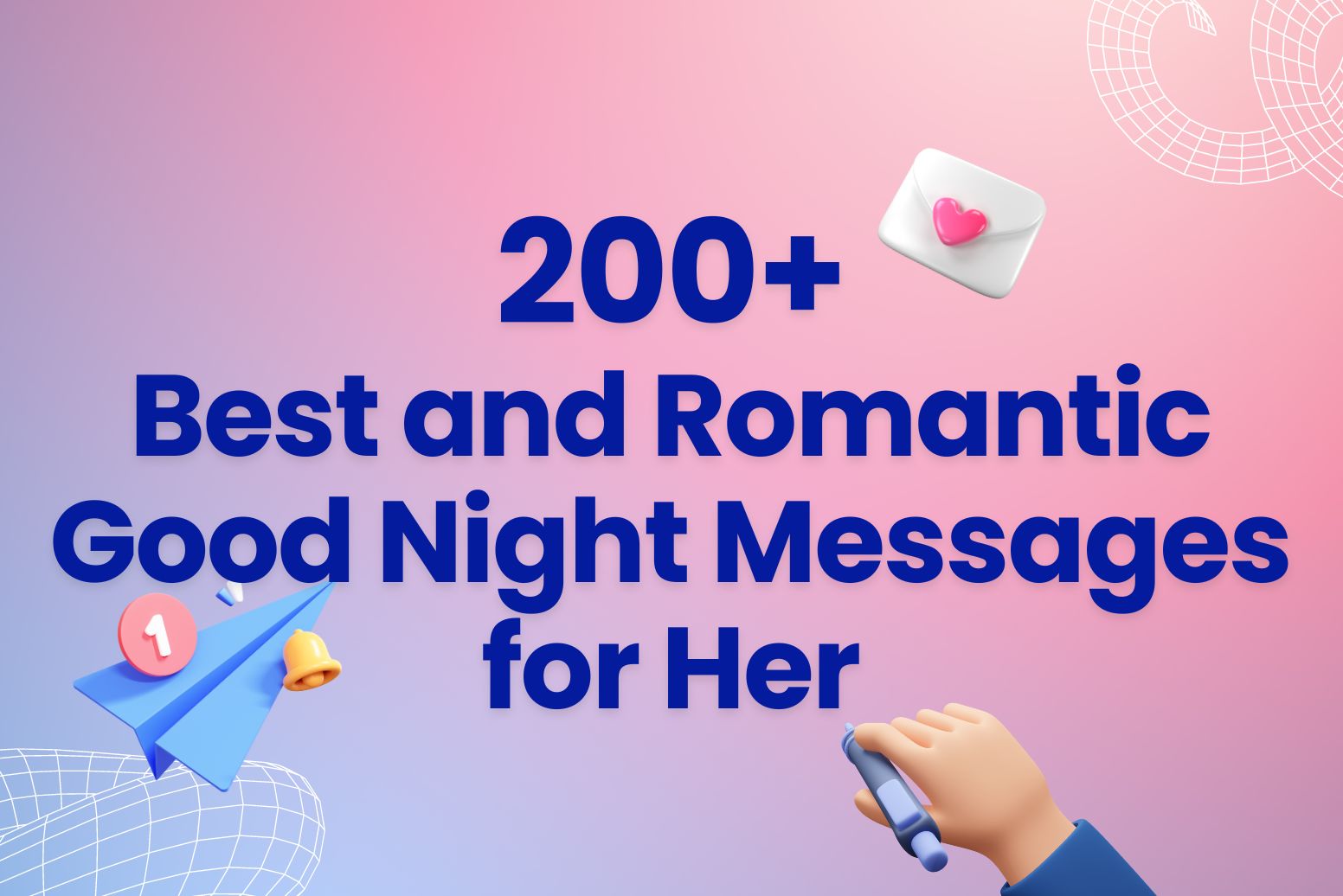Taking the steps to learn how to introduce yourself in an email can yield impressive results. After all, over 333 billion emails are sent every day, so how do you stand out from the crowd?
The first step is knowing how to introduce yourself effectively. This will make the recipient open the email. So many emails are deleted upon arrival, while others head to the junk folder, never to be seen again.
Therefore, we’ve compiled this comprehensive guide to help you introduce yourself like a pro. We explain the crucial elements and structure of any successful introductory email and reveal some tips on what to include and what you should avoid.
We also present three template examples you can use to reach out for various reasons. Then, we explain how our state-of-the-art AI tool can help you craft the perfect emails for multiple introductions.
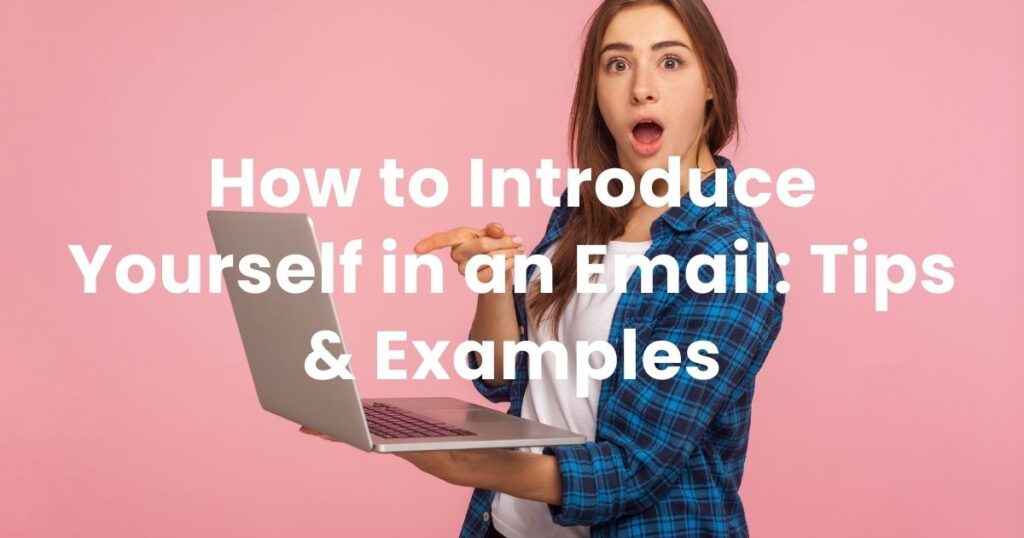
First: Why Do You Need to Introduce Yourself in an Email?
Whether selling something, applying for a job, or making a general enquiry, knowing how to introduce yourself in an email is crucial. Statistics show that the average person receives approximately 120 emails per day. Therefore, your introduction needs to capture the imagination.
If you get the introduction wrong, you won’t get what you want from the email exchange. But the good news is that introducing yourself in an email is straightforward when you know how.
A strong, friendly introduction can build an immediate rapport with the person you have contacted and give you the best chance of success.
That said, if you’re emailing a friend or a family member, you do not need to introduce yourself formally. As such, we’ve written this article to explain how to introduce yourself in an email in professional and formal circumstances.
Structuring an Introduction Email – Key Areas to Cover
So, what structure should you follow when learning how to introduce yourself in an email? Before getting into writing and grammar tips and what to avoid, we will start with the key areas you need to cover. Below are the things you must include in your introduction:
Subject line – start with a bang
You almost certainly don’t read all the emails you receive, so why should you expect the person you’re reaching out to automatically read yours?
A killer subject line can help get your email opened. According to research by Zippia, almost half of people open an email based on the subject line alone.
This tells us that you need to craft the perfect subject line to encourage the recipient even to make it to the introduction! Here are some things to consider for your subject line:
- Always be specific and explain why you’re reaching out. Don’t try to mislead the recipient, as this will immediately break their trust.
- Add some value to the subject line and avoid clickbait. Nothing’s worse than opening an email you think has value, only for it to be more spam.
- Personalize the subject and use the recipient’s name (if relevant).
You can also play around with our prompts for cold emails. These can generate helpful ideas for things to include in the subject line to get your email opened.
Personalized greeting – don’t be a stranger
Understanding how to introduce yourself in an email begins with a personalized greeting.
Yet, one of the main reasons why so many cold email outreaches fail is that they’re not personalized. Don’t you just hate seeing emails with the greeting “Hey customer” or “Dear Sir/Madam” drop into your inbox?
Nothing shouts stranger danger quite like a random emailer not using your name when reaching out!
Though it takes a bit extra research to find out the person’s name, mainly if you’re performing wide-scale cold email outreach, the results will be much better if you do the work.
You also need to consider the formality of the personalized greeting. Are you on first-name terms? Or should you opt for Mr or Mrs to keep things formal from the start?
We advise that if you reach out to a potential hiring manager, new colleague, or potential employer, use the formal “Mr/Mrs X/Y.” If you’re emailing a potential customer, using their first name should be fine. Just make sure you spell it correctly!
Tailored opening – make it about the recipient, not yourself
Assuming that you’ve got the subject line bang on and addressed the recipient correctly, there’s a fair chance they will open the email. But what next?
Rather than making the opening line all about you, make it about the recipient.
For instance, inform the recipient that you loved their recent LinkedIn post about something specific, which is why you felt obliged to reach out.
It’s human nature for people to appreciate compliments or recognition of their work. It’s much easier for them to relate to this than a random person who immediately requests work.
Check out these two contrasting examples to see how this tactic works in practice:
Example 1: Hi John, my name is David Schultz, and I’m looking for a job with your company. I have five years of experience in sales and marketing and would bring hard work, dedication, and reliability to your team.
Example 2: Hi John, I saw your post on LinkedIn yesterday about digital marketing in the age of AI and was totally inspired. What you said about AI integration with sales software was insightful, and I’d love to hear more. It would be great to connect.
In example 2, John will likely be hooked, as David has expressed an interest in his work and a recent post. At this stage, he doesn’t necessarily need to know David is looking for work but will be inclined to respond positively to his connection request.
After connecting, you could bridge the gap and explore potential work opportunities with John. However, in example one, unless John is explicitly looking for an experienced salesperson to join his team, he will probably ignore the email altogether.
Context – why should the recipient care?
When considering how to introduce yourself in an email, context is king. But you need to be careful. There’s a fine line between too much and too little context, so you need to strike the right balance.
If you provide too much information, the recipient will switch off, but if you give too little information, the recipient will probably wonder why you’re contacting them in the first place.
Therefore, the length of this section is crucial. This should be your second paragraph, and it should be no more than 20-30 words. Keep it short, snappy, and relevant, providing just enough information for the person to want to find out more.
If the person you email is interested in the context provided, they will ask for more information. This will hopefully lead to a positive conversation.
Call to action – what’s the purpose of your email?
The call to action is one of the most critical aspects of an introductory email. Why are you reaching out? What do you want to achieve?
No matter the purpose of the email, you must provide a call to action (CTA) immediately after introducing yourself.
The CTA will prompt the next step, which is crucial unless your email was simply to provide information with no further contact required.
The best CTAs are specific and appealing to the recipient. Don’t be vague and offer a tangible step the person can take to continue the conversation. For example:
- Would you like to chat about this over coffee on Friday morning? I’m buying!
- Can I send a connection request on LinkedIn so you can see my work history?
- Do you want a free copy of my e-book to learn more about how I can help your company?
Closing and contact – be polite and specific
Congratulations, you’ve reached the end of your email introduction. But you haven’t finished yet.
You need to close the email positively and politely. The way you sign off depends on the formality of the email. Still, you should always thank the reader for their time and consideration.
Standard options include:
- Kind regards
- Best wishes
- Yours sincerely
If you wish, you could make it a little more informal, with something like “excited to hear from you.” Another option is to use AI for funny email sign-off prompts—but be careful—these aren’t great options to send to your new boss!
3 Examples that Show How to Introduce Yourself in an Email Professionally and Formally
Okay, so we’ve covered the basics. We now want to provide three templates for introducing yourself in an email like a pro.
These templates are for job seekers, salespeople, and anyone looking to grow their professional network. Of course, you might reach out to someone via email for many different reasons, but use these as a starting point.
Also, please remember to tailor and personalize each section, depending on the person you’re reaching out to:
Example 1: Introducing yourself for a potential job
Subject: Would love to work with [Company] – Application attached
Dear [Mr/Mrs X/Y],
I was inspired by the recent post on LinkedIn from [Company], explaining that you have an opening for a new digital marketer to join the team.
Having [X years] of experience in the role of Digital Marketer at [Y Company], I would love to join your team and feel like I’d be an excellent fit for the position thanks to my relevant skills in [list skills pertinent to the job title].
You will find my resume and cover letter attached to this email. Can we arrange an initial call to discuss the role further?
I’m looking forward to hearing from you.
Yours sincerely,
[Name and contact details].
Example 2: Introducing yourself to sell something
Subject: [Name] – Access [Value] in savings with [X]
Hi [Name],
I love [Company name’s] Facebook feed. Your recent Halloween sales pitch was spot on. It made me want to buy [X], that’s for sure!
As one of your many Facebook followers, I thought you might like to save up to [20%, 50%, 100%, etc.] on your website hosting fees [or relevant product/service] compared to your current hosting plan.
Are you free for a virtual coffee on Thursday at 9:00 a.m.? I would love to chat through our pricing structure, explain how to switch, and show you how much you will actually save. It will take no more than ten minutes of your time.
Thanks – I’m looking forward to your reply.
[Name and contact details].
Example 3: Introducing yourself to expand your network
Subject: [Name] – Your digital nomad posts are awesome ✈️ – can we connect?
Hi [Name],
Your Instagram profile is incredible. I genuinely love your stories; your recent Bali posts made me want to quit my job and travel the world!
As a fellow digital nomad, I’d love to connect and learn more about your experiences, specifically related to your work as a freelance photojournalist in Southeast Asia [or relevant example]. I’m also a photographer and would love to share tips, tools, and experiences.
Do you have WhatsApp? I’d love to connect there and perhaps arrange a quick introductory call so we can connect. Let me know!
Thanks & best wishes,
[Name and contact details].
General Tips for Introducing Yourself in an Email
Following these three bullet-proof introductory email examples, we want to share some general tips you should apply to all introductions you make via email, regardless of who you’re speaking to.
These are non-negotiables when it comes to introducing yourself and should be applied to all emails that you send:
Be polite and courteous
There’s a growing trend of email marketers being blunt and to the point when reaching out to recipients, all hoping to get quicker results without wasting time.
But this approach very rarely works.
Whether you’re calling or emailing someone, politeness is crucial. You should always be courteous and grateful, even when you receive a rejection. You never know when someone might need your product or service in the future, so be polite, kind, and courteous in your exchanges, no matter the outcome.
Always proofread your introduction
The quality of your grammar and spelling can make or break an email introduction, particularly if you’re applying for a job. An introductory email littered with spelling mistakes won’t get you very far.
So, before clicking send, run your introduction through a checker like Grammarly. You can also use our Writing Improver tool to enhance the quality of your emails and better engage with your potential recipients.
Be ready to respond
While the recipients will overlook some of your emails, if you follow the tips and examples listed here, you will get a response. In this instance, you need to be ready to reach out with a reply.
Our Email Response Generator helps you to write 10x better emails 80% faster, with the help of AI. It also helps to find the perfect voice for your responses, regardless of whom you’re contacting.
When it’s time to respond, be punctual and reply as quickly as possible. Your recipient’s response shouldn’t sit in your inbox for days before you reply.

Use Arvin AI to help you
Arvin is your all-in-one AI assistant, available to help you with everything from email introductions to creating the best formula for an Excel spreadsheet.
You can add Arvin to Chrome for free and use it effortlessly with your chosen email provider, such as Google or Outlook. You can then benefit from all the features Arvin offers, improving how you contact people via email for enhanced results.
What to Avoid When Introducing Yourself in an Email
In addition to the non-negotiables above, here are some things you should avoid if you want your introductory email to be successful:
- Foul language: Never include swear words or foul language in introductory emails. It will never help you and will give you a bad reputation.
- False promises: So many people overpromise and underdeliver when performing email marketing. Don’t be one of these people. Be realistic when introducing yourself, and keep things reasonable. You will achieve better long-term results this way.
- Criticism: Don’t criticise a person’s business or brand in an introductory email, even if you think it might help to sell your product! We’ve seen many people do this, but trust us, it never works!
- Overfamiliarity: When reaching out to people via email, don’t be overfamiliar. Avoid ‘mate’ or ‘pal’ and keep things formal. You don’t want to give off the wrong impression.
- Boasting: You should always be modest when introducing yourself and avoid boasting. If you spend an introductory email telling someone how great you are, they will probably look the other way.
As you proofread your email before sending it, run through these tips and check that it doesn’t contain any of these things to avoid. It will boost your chances of getting a successful response.
Key Takeaways
As we bring this article to a close, we want to leave you with these key takeaways that explain how to introduce yourself in an email:
- On average, people receive 120 emails daily, and 50% of people decide whether to open an email based on the subject line alone.
- Your introduction should be polite, courteous, and concise. Avoid overhyping yourself and keep things realistic.
- You should tailor the introduction to the recipient and make the first line about them, not about yourself, to encourage them to read on.
- A concise CTA should be included to prompt the next step.
- You can use Arvin AI to help you craft email subject lines, full email responses, and quirky sign-offs to improve your engagement and chances of a response.
The Bottom Line: How to Introduce Yourself in an Email
Learning how to introduce yourself in an email will improve your chances of having your email opened and read by its recipient.
It will also help you achieve your goal from the email, whether it’s a job interview, networking opportunity, or sale.
You can use our three examples above to craft the perfect introductory email, and if you’re struggling, ask Arvin AI to help you for free.
How to Introduce Yourself in an Email FAQ
There are many ways to introduce yourself in an email, but the key is to avoid making it all about yourself. You should compliment the recipient and tie your introduction into their work or life to hook them. You can then proceed with an introduction, context, and a CTA to yield the desired outcome.
To introduce yourself professionally, you should be formal and avoid using bad or inappropriate language. You should always check your email for grammatical errors and avoid overfamiliarity. Stick to greetings like “Dear Mr/Mrs [X]” to keep things civil and professional.
A professional email should typically start with a compelling subject line followed by “Dear Mr/Mrs [Name]” unless you are already on a first-name basis. You can switch to the person’s first name after receiving a reply.
You should always greet someone in an email courteously and professionally. Avoid using nicknames or abbreviations, and keep things civil and formal, particularly for your first exchange. As you get to know the person, you can always adjust your tone if appropriate.

